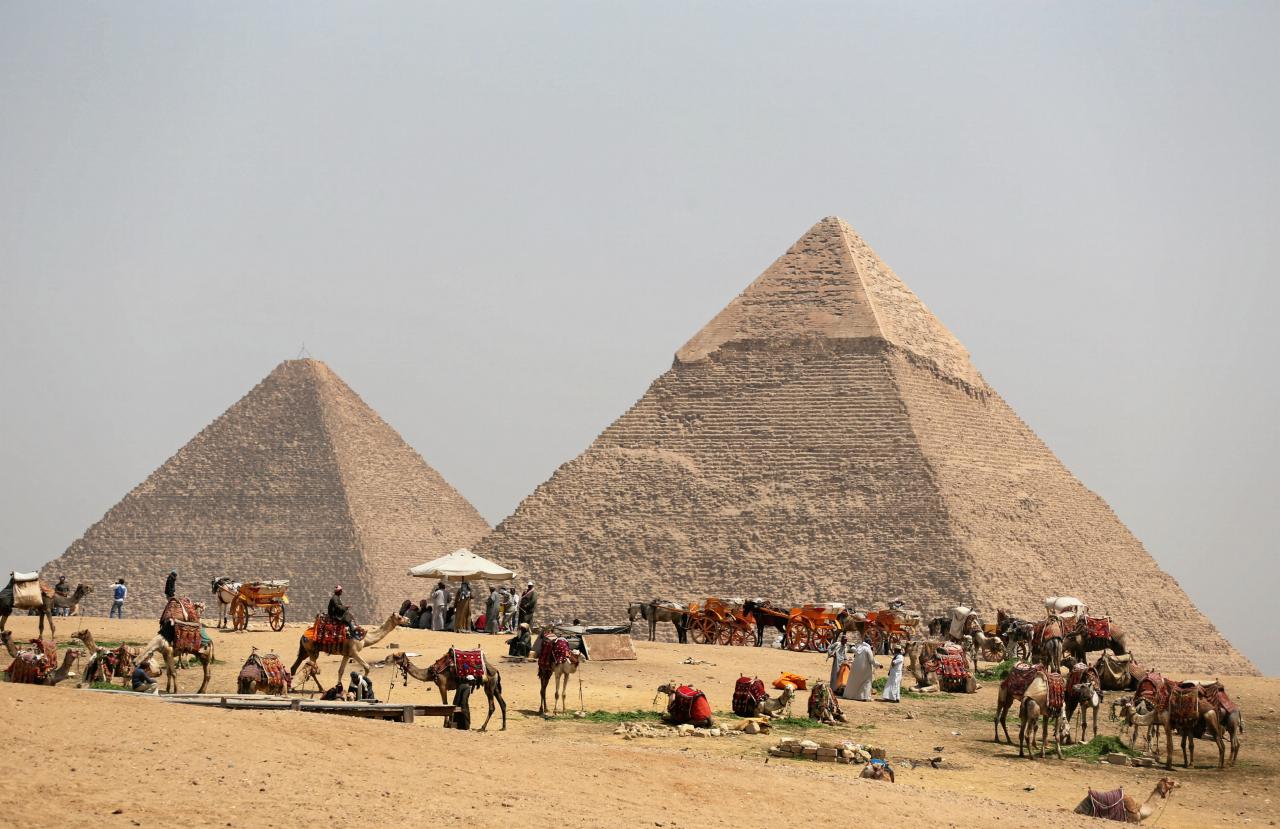
NASA researchers think Egyptian pyramids may align with ancient star
The U.S-based National Aeronautics And Space Administration’s (NASA) Transiting Exoplanet Survey Satellite (TESS) has located that an ancient star experiences eclipses that would supposedly have helped the ancient Egyptians in building pyramids.

Courtesy: TheDigitalwise.com
The star has been identified as Alpha Draconis that is also known as Thuban. As per the scientists, this is the North Star that is one of the closest to the northern pole of Earth’s spin axis.
As per the scientists, Thuban’s popularity rose from a historical role it performed some 4,700 years ago, back when the earliest pyramids were being constructed in Egypt.
Due to variations in the Earth’s spin axis, an incident known as precession that occurs over a 26,000-year cycle, the North Star is Polaris.
TESS is still monitoring Thuban, which is supposedly 270 light-years from Earth, and discovered that not only is it a pair of stars, but it also undergoes eclipses. The satellite was able to found this because the craft monitors sectors of the sky for 27 days at a time, letting it follow changes in stellar illumination.
The greater star in the system is 4.3 times larger than the Sun and has a surface temperature of 17,500 degrees Fahrenheit, which is 70% hotter than the Sun.
Kochoska exhibited the findings at the 235th meeting of the American Astronomical Society in Honolulu on Jan. 6 and stated that she is now planning follow-up research to look into further eclipses that TESS can observe and locate.
As per the sources, the satellite was launched in April 2018 as the successor of the Kepler telescope.
This satellite has discovered a great number of exoplanets, including a so-called “missing link.” Recently, it found its first Earth-sized planet in a star’s “habitable zone,” that is a region that could provide for liquid water to be on the surface.






